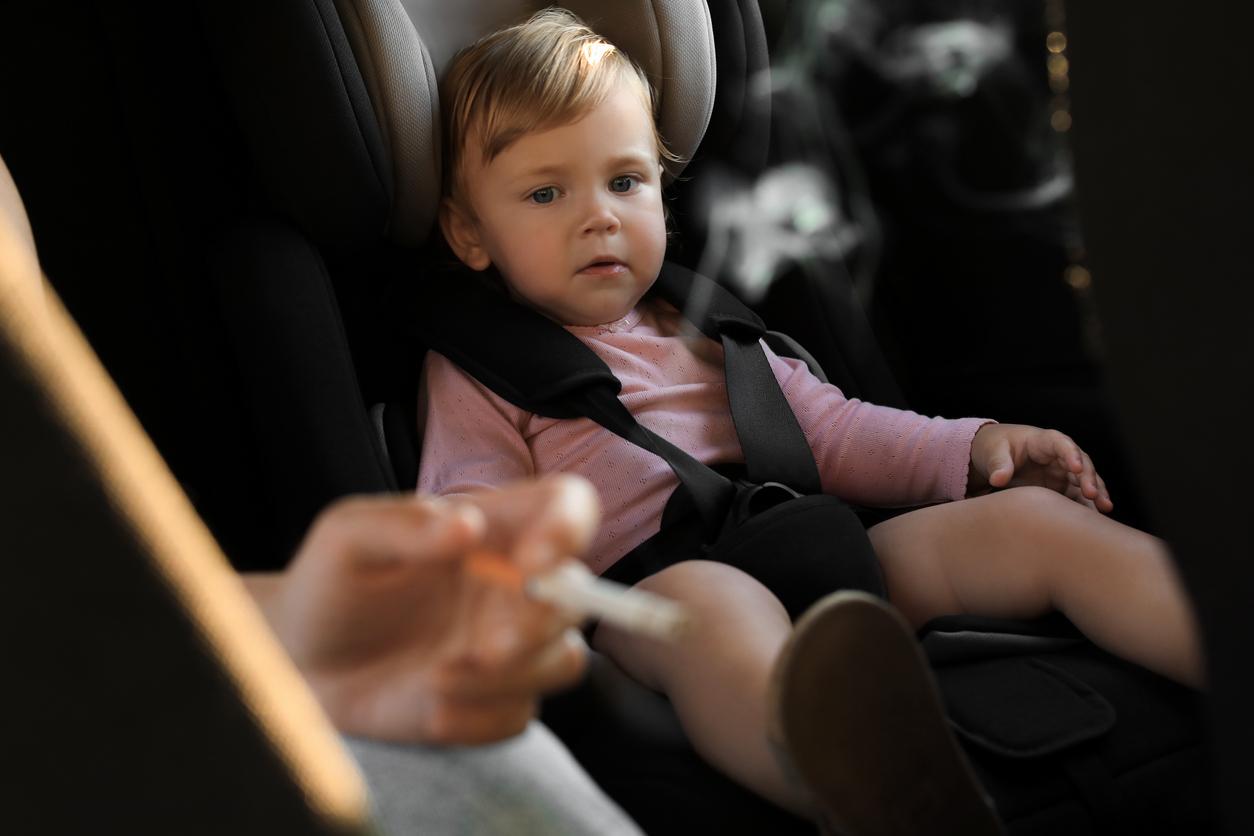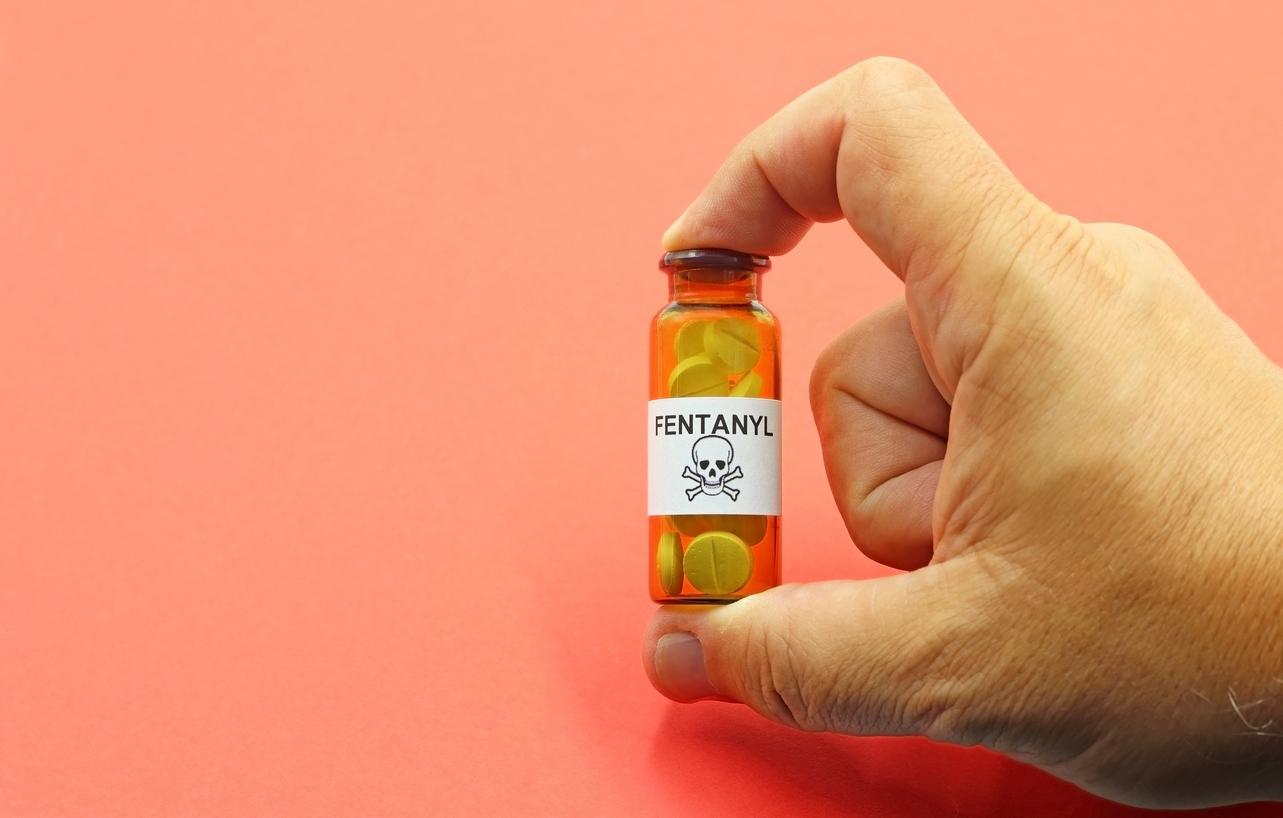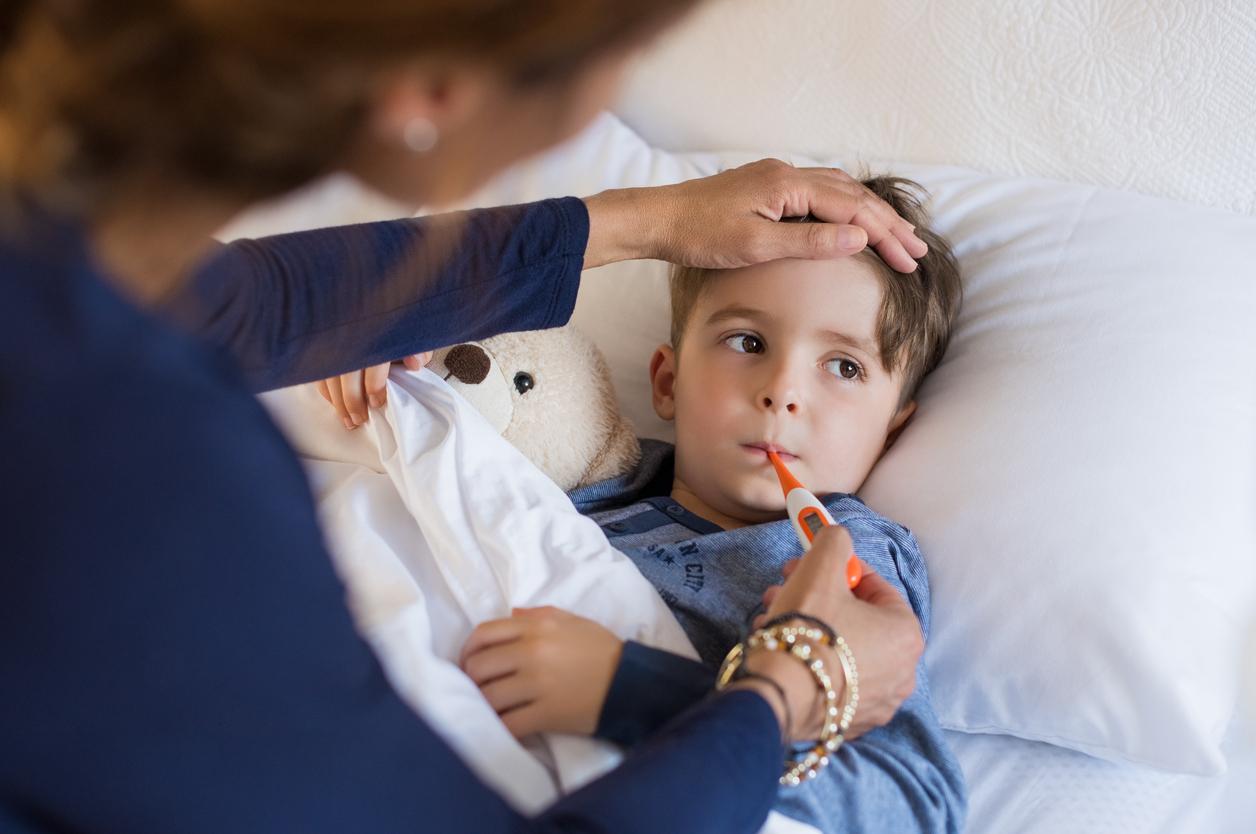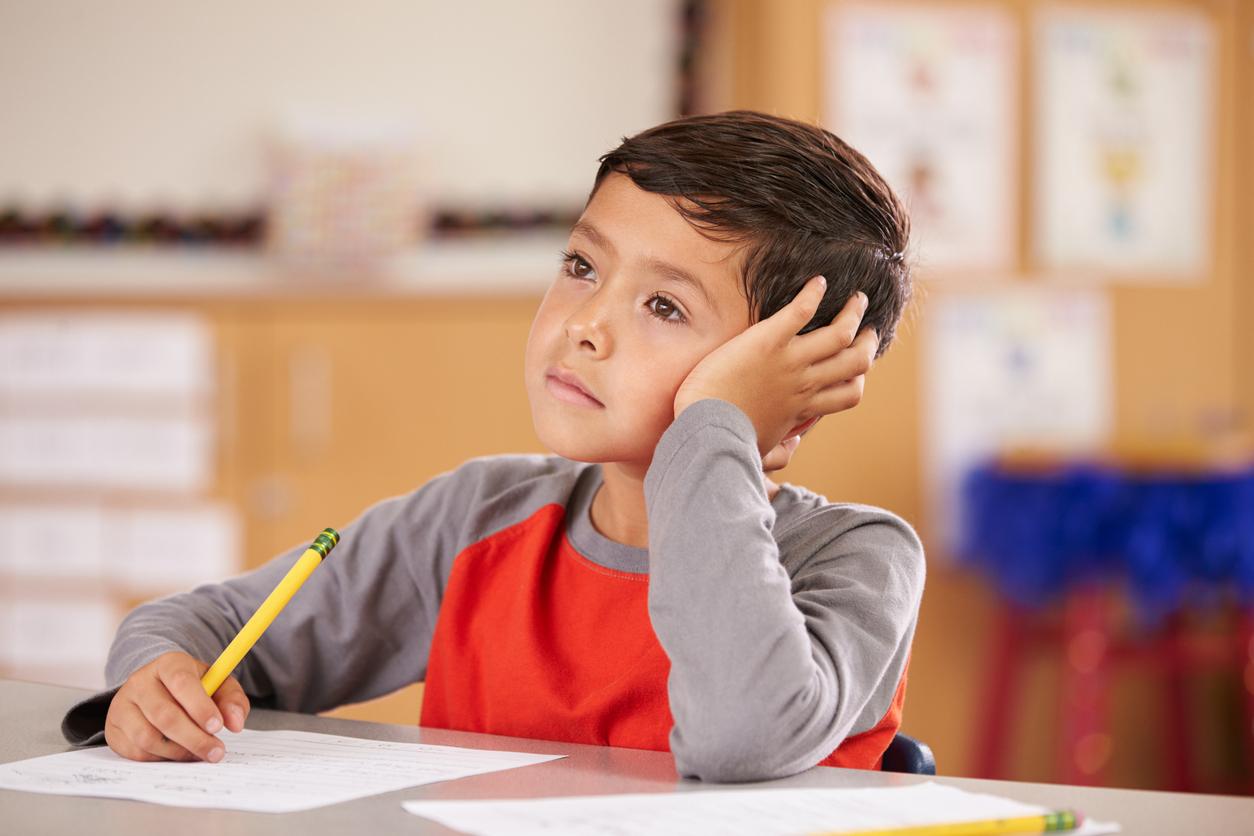The opioid crisisin the United States finds a new worrying illustration: overdoses do not spare the younger generations. In twenty years, the mortality rate linked to these psychotropic drugs has tripled among young people, reveal researchers at Yale University in the United States. In two decades, 9,000 children and adolescents have lost their lives as a result of poisoning from prescribed or illicit opioids, underlines the study published on December 28, 2018 in the journal JAMA network Open.
The US Centers for Disease Control and Prevention (CDC) regularly raises concerns about this opioid “epidemic”. For good reason, overdoses linked to these substances kill more than road accidents or firearms in the United States. In 2016, nearly 64,000 people died of an overdose of opioids, mostly obtained on prescription, the CDC recalled in August 2018.
Until now, it has been difficult to quantify the impact of this scourge on the younger generations. Pediatric opioid deaths based exclusively on hospitalizations were estimated to be around 30 per year. The Yale study, which includes deaths in all settings, shows that the reality lies far beyond. The annual death toll is close to 500, according to researchers who collected and analyzed CDC mortality data from 1999 to 2016. Nearly 40% of children have died from an opioid overdose in their homes.
Shedding light on the impact of opioids in families
“While death rates declined in 2008 and 2009, which is explained by a [baisse] prescriptions, the rates are on the rise again, “said the study’s lead author, Julie Gaither on the Yale University website. An upsurge due to “an increase in the use of heroin and synthetic opioids among adolescents.” Adolescents are the most at-risk profiles and represent 88% of deaths. But children under 5 are also affected.
Another finding, about a quarter of deaths are due to homicides. Additional research must be carried out to better understand the place of “abuse, neglect and drug addiction among parents (…) in these deaths”, further point out the academics.
According to them, this work illustrates the little effort made to date to stem the impact of the opioid crisis on children and families.
“As the United States works more aggressively to address opioid addiction, we need to look at how children and adolescents are suffering from it,” she said, [ …] and look at communities and families as a whole and understand how everything is interrelated. “
Read also
Hurt your pet to get opioids
Depression: watch out for opioid medications
Gambling addiction to be dissociated from other addictions

















